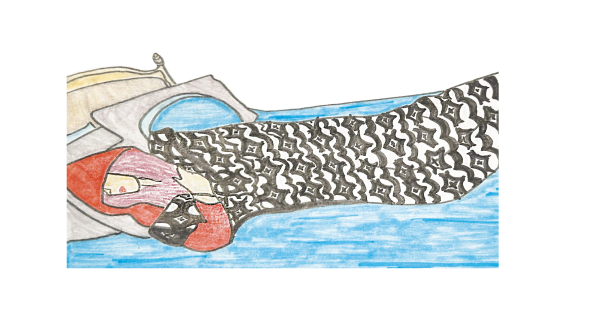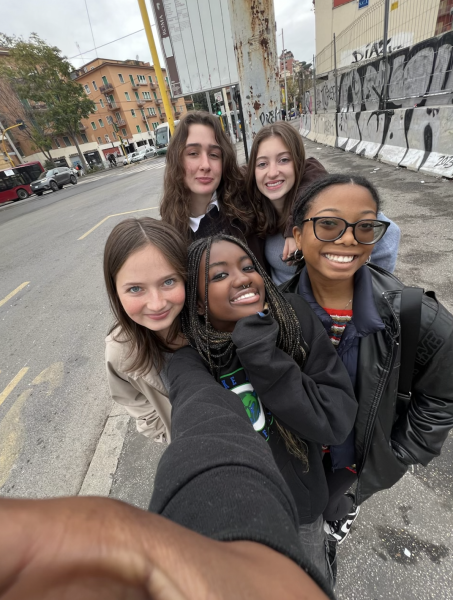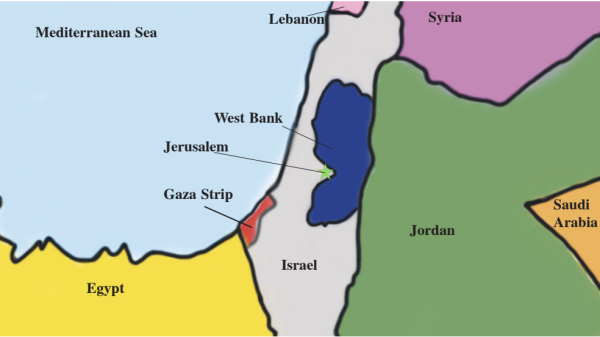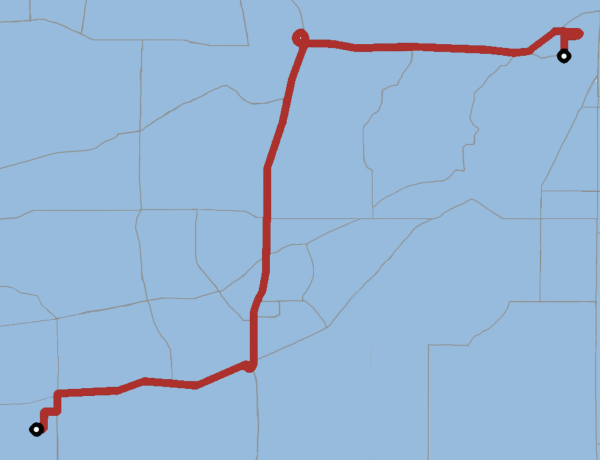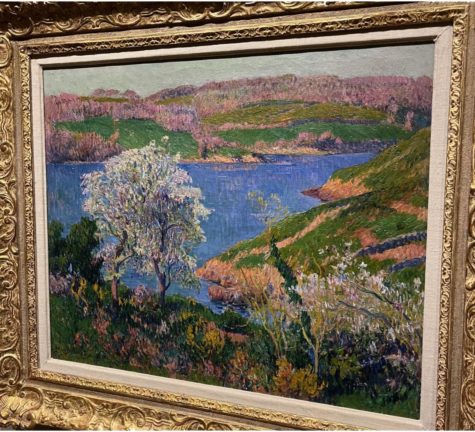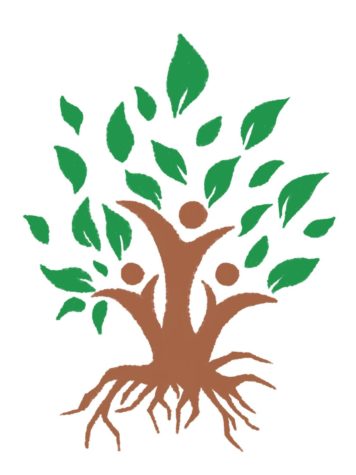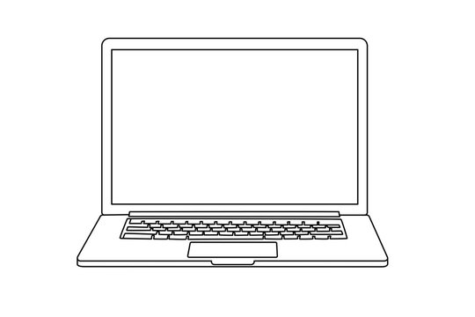Coffee linked to extensive history
Scandinavian and East African roots brew in MN
The Twin Cities is a hot pot of coffee. Literally. The metro has a strong Scandinavian heritage and identity as well as a large East African immigrant population; coincidentally, these two regions are connected by the one thing our city or, rather, nation, relies on most: coffee. But besides the drink’s energy advantages, the cultures that center around coffee offer Minneapolis social experiences as well as unique blends of coffee.
Scandinavia is distinguishable for its light coffee. Although American coffee tends more towards the dark and robust taste, giving an illusion to more caffeine, Norwegians enjoy a light, caffeine-packed brew with an atypical coffee taste. In Minneapolis, cafes, coffee shops, and people reflect a strong Scandinavian heritage; places like Fika Cafe at the American Swedish Institute offer coffee from their countries. Its name–Fika–refers to the cultural experience of having coffee with friends.
Whether you’d like to try unique blends from Norway or Kenya, the Twin Cities has it all, serving as a reminder that the drink isn’t only a good pick-me-up but a connection to thousands of years of cultural heritage.
Being located in the the American Swedish Institute, the entire institution is a landmark of Scandinavian heritage in the Twin Cities. Fika is a daily break in Sweden used to eat, drink coffee, and catch up. The environment of Fika both reflects the large scene of coffee in the region and the interesting blends and foods from across the Atlantic.
The Starbucks on Riverside Avenue in the Little Mogadishu neighborhood is popular amongst East Africans in the area and bustles with customers and conversation everyday. On a weekday afternoon, people sit with their drinks, friends, and colleagues to take advantage of Starbucks’ happy hour.
Some were watching soccer on their phones and others chatting while the barista stirred up whipped cream, caramel, and steaming espresso. Talking to customers, the majority attested to the social environment, calling the coffee shop a hang out for the neighborhood. Like Fika’s environment, the Starbucks is an environment for social gatherings.
East African coffee shops have popped up in the neighborhood as well. With the large East African population in the Twin Cities, these places offer non-conventional taste to the typical American cup. There is an array of cafés around Minneapolis serving East African coffee and tea, especially in south Minneapolis and the west bank. At Capitol Cafe on Franklin, they serve a drink called somcoffee, a mix of their sweet Somali tea and and espresso.
Both cultures have manifested themselves in the cities as more than just coffee, but experiences. Whether you’d like to try unique blends from Norway or Kenya, the Twin Cities has it all, serving as a reminder that the drink isn’t only a good pick-me-up but a connection to thousands of years of cultural heritage.
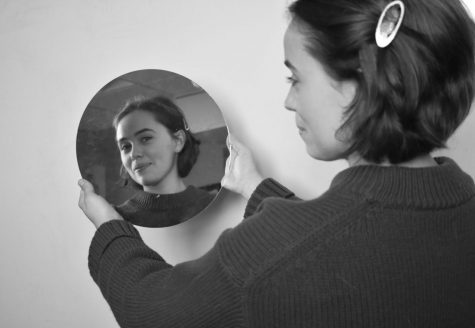
Hi! I'm Zoe, this is my 3rd year doing Spectrum! I am thrilled to be a Managing Editor as well as editing the Sci-Tech and Health page. I love Nancy Drew...



